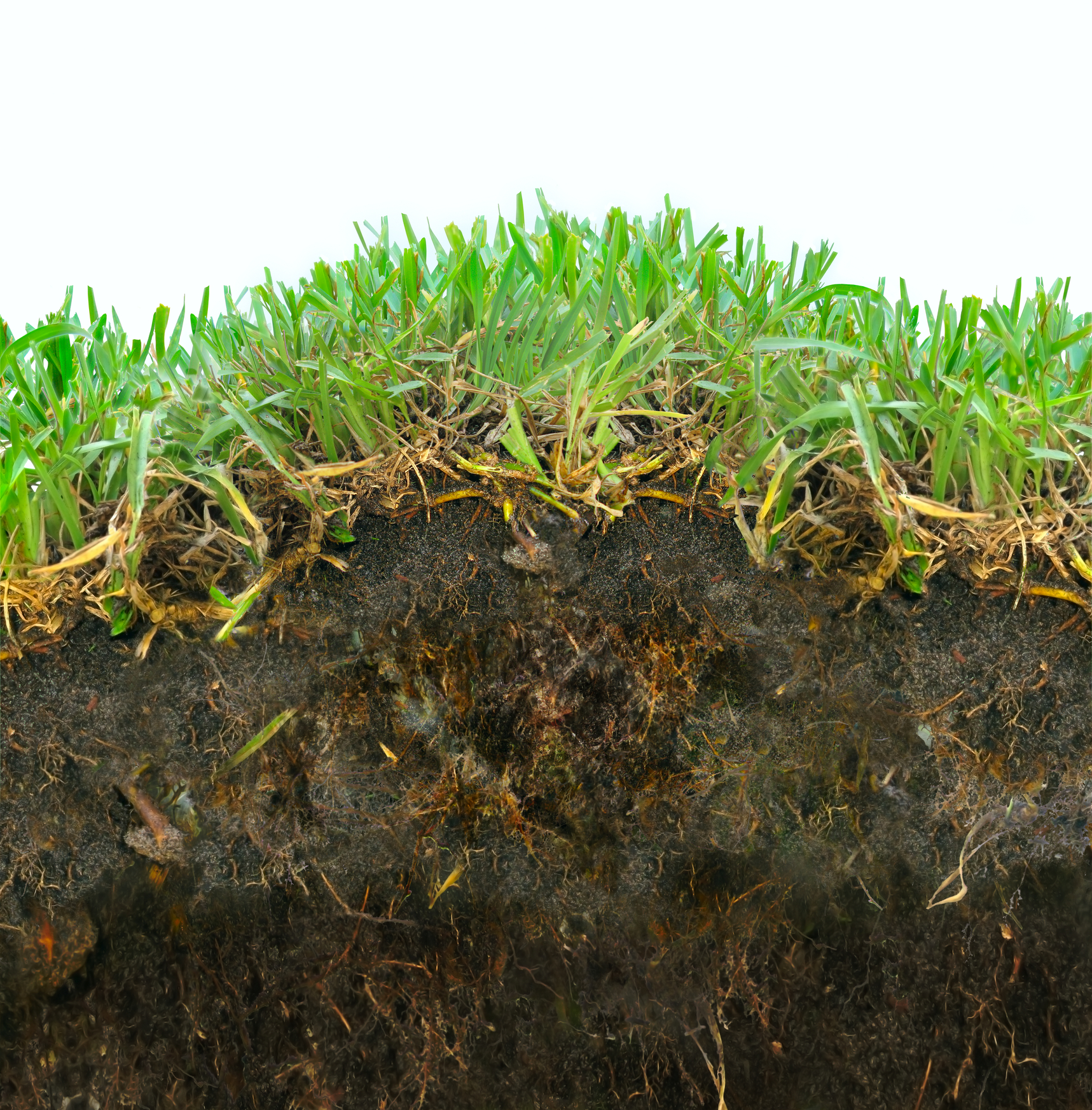 It started raining yesterday afternoon and hasn’t really left off at all. On one hand, it’s no fun to have to venture out in this cold autumn drizzle, but on the other, we desperately need the rain. As of the latest National Weather Service figures, over 80% of our state is currently experiencing some level of drought conditions. Our area is behind at least 8 inches just since June. I know we are not alone. Across the country, people are experiencing incomprehensibly dry weather.
It started raining yesterday afternoon and hasn’t really left off at all. On one hand, it’s no fun to have to venture out in this cold autumn drizzle, but on the other, we desperately need the rain. As of the latest National Weather Service figures, over 80% of our state is currently experiencing some level of drought conditions. Our area is behind at least 8 inches just since June. I know we are not alone. Across the country, people are experiencing incomprehensibly dry weather.
Turf is one of the first elements of the landscape to show signs of drought stress.  Thirsty grass will show footprints long after the walker is gone because the blades are so weak, they cannot spring back up into an upright position. They simply don’t have enough water. Without enough water, grass blades may turn almost blueish-purple in color, which is a sign of wilt. Alternatively, the blades may retain their green color, but begin to roll inward, indicating cell walls are beginning to break down. During the growing season, grass that has insufficient water will go dormant,
Thirsty grass will show footprints long after the walker is gone because the blades are so weak, they cannot spring back up into an upright position. They simply don’t have enough water. Without enough water, grass blades may turn almost blueish-purple in color, which is a sign of wilt. Alternatively, the blades may retain their green color, but begin to roll inward, indicating cell walls are beginning to break down. During the growing season, grass that has insufficient water will go dormant,  turning brown at the surface, but still remain alive below ground. Prolonged drought however, causes the roots themselves to die, resulting in thin stands of living grass and lots of dead patches. Weed seeds, better adapted to climate conditions, quickly take root in the bare ground.
turning brown at the surface, but still remain alive below ground. Prolonged drought however, causes the roots themselves to die, resulting in thin stands of living grass and lots of dead patches. Weed seeds, better adapted to climate conditions, quickly take root in the bare ground.
Although the above ground portion of your lawn naturally stops growing in the fall, important work is going on underground. Root systems are greedily absorbing water and critical nutrients from the soil to be stored and drawn upon throughout the winter. Lawns receiving enough water in the fall and winter tend to green up earlier and with fewer chemical fertilizers. Unfortunately, our precipitation patterns are changing; we are becoming drier, which means we may need to change our watering schedules. And, after months of unrelentingly dry weather, it is especially important to not just water, but to water correctly before winter’s freezing temperatures set in.
drawn upon throughout the winter. Lawns receiving enough water in the fall and winter tend to green up earlier and with fewer chemical fertilizers. Unfortunately, our precipitation patterns are changing; we are becoming drier, which means we may need to change our watering schedules. And, after months of unrelentingly dry weather, it is especially important to not just water, but to water correctly before winter’s freezing temperatures set in.
 To keep your lawn healthy and growing in the middle of a drought , it's going to need supplemental water from the beginning of fall – usually October – through the first signs of spring in March or April. Best practice for watering turf in a dry fall is to apply about an inch of water a week until late fall, or until the soil no longer accepts moisture. Make sure to saturate the soil, allowing water to slowly seep deep into the soil. Water early enough that the grass has plenty of time to dry because water left just sitting on top is an invitation for fungal diseases to take over and a new set of problems to develop.
To keep your lawn healthy and growing in the middle of a drought , it's going to need supplemental water from the beginning of fall – usually October – through the first signs of spring in March or April. Best practice for watering turf in a dry fall is to apply about an inch of water a week until late fall, or until the soil no longer accepts moisture. Make sure to saturate the soil, allowing water to slowly seep deep into the soil. Water early enough that the grass has plenty of time to dry because water left just sitting on top is an invitation for fungal diseases to take over and a new set of problems to develop.
Keeping your lawn healthy and lush during a drought can certainly be a challenge. The simple step of adding watering to your list of fall chores is definitely a step in the right direction.

